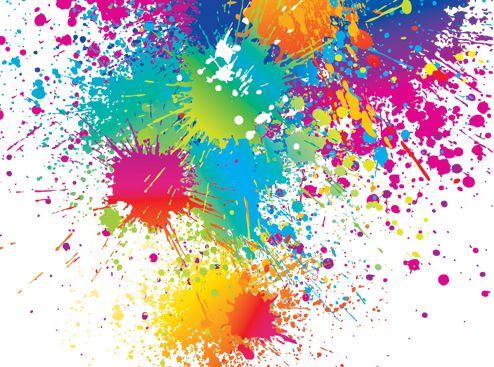Dr. Max Lüscher is a man that has done a lot on color psychology. This is a quiz he made: http://www.colorquiz.com/quiz.php.
Colors:
Meanings based on Dr. Max Lüscher
Blue: “Depth of Feeling” passive, concentric, tranquility, calm,tenderness
Green: “Elasticity of Will” passive, concentric, defensive, persistence,self-esteem/assertion, pride, control
Red: “Force of Will” ex-centric, active aggressive, competitive, action,desire, excitement
Yellow: “Spontaneity” ex-centric, active, projective, aspiring,expectancy, exhilaration
Violet: “Identification” unrealistic/ wishful fulfillment, charm,enchantment
Brown: Bodily senses, indicates the body’s condition
Black: Nothingness, renunciation, surrender or relinquishment
Grey: Non-involvement and concealment
Smart Color Picks from http://www.scienceofpeople.com/2013/01/10-ways-color-affects-your-mood/
What Color You Should Make Your Desktop: Green
What color you choose for your desktop and the colors you choose for your website can greatly affect your productivity. The color green is restful for eyes and produces the least amount of eyestrain. This is a good choice for computer desktops if you are in front of a screen for many hours.
What Color to Wear for a Workout: Orange
Orange is a color of stimulation and enthusiasm. Orange is a nice mix of red’s passion and yellow’s joy. Research has found that orange increases oxygen supply to the brain, produces an energizing effect, and stimulates brain activity.
What Color to Wear on a Date (if you’re a woman): Red
Red is the color of passion and gets blood pumping. Women can wear this to get their date’s heart racing.
What Color to Wear on a Date (if you’re a man): Blue
Blue is the most stable color. Women love seeing stable men. It is also calming and can help relax both you and your date’s nerves.
What to Wear If You Want to Be Seen As Aggressive: Black
Researchers examined statistics from more than 52,000 National Hockey League games and found that teams were penalized more for aggression while wearing black jerseys. (Hockey teams have two color jerseys and switch for home and away games). Interestingly, the NHL in 2003 changed it’s jersey policy so that home teams had to wear white. The authors of the study compared the sets of data and found that the same teams were assessed significantly more penalties for aggression when they wore the black jerseys than when they wore white.
What Colors You Should Paint the Place You Work: Blue and Green
In 1999, researchers at Creighton University found that colors significantly influence employees’ emotions and efficiency. Workers in blue offices felt the most centered, calm and hopeful towards their work. Since blue can lower heart rates and green reduces anxiety and is associated with money, a combination of blue and green is best for the workplace.
What Color You Should Never Wear to Work: Grey
Grey inspires people to be passive, uninvolved and have a lack of energy. If you like wearing grey, pairing it with a brighter color will help offset the effect.
Choosing the color of your office, your clothes or your desktop should not be taken lightly — colors do affect our moods and productivity. However, colors are not the only thing that affects us — one can still be efficient in a grey suit or workout well in a black outfit. But, when given the choice, picking a color that will work with you, and not against you can only help
